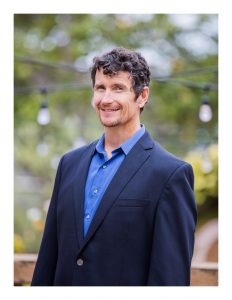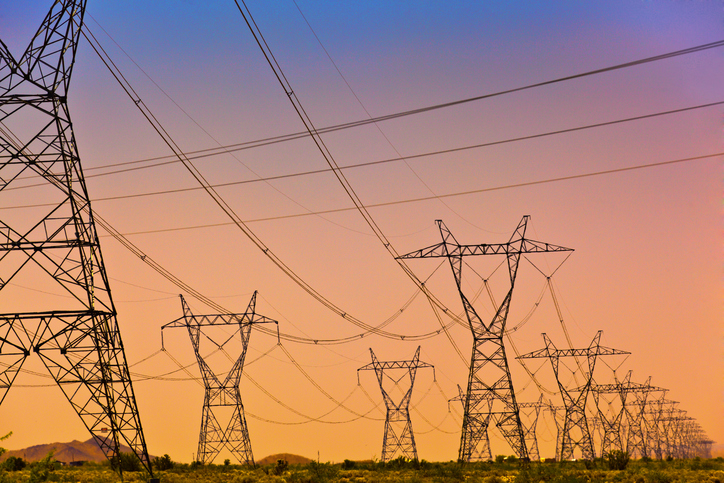Energy-efficiency programs for job creation
 A recent survey shows that three out of four economists predict a recession by 2021. What can local governments do to reduce unemployment from the next recession? Retail jobs are typically low paying and disappearing due to competition from e-commerce. Competition from low-cost labor in Asia, as well as robots in the U.S., limits manufacturing job growth. These sectors are not going lead an employment renaissance; but energy efficiency jobs can.
A recent survey shows that three out of four economists predict a recession by 2021. What can local governments do to reduce unemployment from the next recession? Retail jobs are typically low paying and disappearing due to competition from e-commerce. Competition from low-cost labor in Asia, as well as robots in the U.S., limits manufacturing job growth. These sectors are not going lead an employment renaissance; but energy efficiency jobs can.
Utilities in most states make money by building infrastructure and selling energy, not by deploying energy efficiency (EE) programs. Depending on the region, up to 85 percent of citizens don’t participate in utility EE programs, creating a large pool of untapped jobs. EE is hampered by a lack of customer information and capital, and by the well-known market failure where tenants pay utility bills which reduces landlords’ incentives to install efficient equipment. EE programs can cost-effectively conserve up to 25 percent of residential energy consumption.
Recognizing these opportunities, municipalities have been expanding into EE programs. Mandatory building energy benchmarking ordinances have been adopted by 29 jurisdictions. These programs require managers of large buildings ( over 25,000 square feet) to calculate a 1-100 grade for their properties’ energy usage. These grades are then made publicly available to key stakeholders. Benchmarking programs are associated with annual energy savings of 2 percent to 14 percent. Local governments have utilized “stretch” and “reach” building energy codes to mandate and incentivize more energy efficient designs in new construction and major retrofits. Portland, Oregon requires sellers to obtain an energy audit of their home’s performance prior to sale.
While these efforts have delivered EE benefits, more innovative approaches have been developed that more fully diversify local economies. Big-data analytics that leverage proven behavioral modification tools like energy conservation competitions, peer influence, and gamification. Participants compete for prizes by performing residential EE retrofits. Competitions utilize existing community identities in city-to-city or high school district competitions (think sports rivalries), using energy benchmarking information for residents. Community-based social marketing promotes the program; reducing costs and maximizing outreach. These efforts build community cohesiveness and reduce energy burdens (utility bills as a share of household income).
These social and information networks can be repurposed for emergency management, climate resilience, demand response and other programs.
Financing innovative programs, no matter what sector, seems to be a perennial challenge for local governments. Innovative programs requires funding for dedicated staff and contractors. Successful EE programs to retrofit the residential building stock typically “braid” funding from federal energy weatherization and housing programs, utility rebates, and local development funds. Some jurisdictions are using state loan programs to buy-down the interest rate for EE retrofit financing. In 2018, Portland, Ore., residents passed a clean energy fund referendum that will impose a city tax on large retailers. In the long term, the verified energy savings from the program can be sold to the local utility or firms looking for carbon offsets. In jurisdictions with sales and business taxes, increased retail sales and contractor activity for EE retrofits will increase the municipal tax base.
Diversifying local economies is difficult, but benchmarking and behavioral tools are available to help. Local governments are sitting on top of a trove of EE jobs that require their leadership to create. Governments that lead-by-example on residential EE programs improve social and economic outcomes to the benefit of their constituents.
Hal Nelson is an associate professor in the Public Administration and Policy programs at Portland State University. He is the co-founder of Res-Intel, a firm that performs mass-scale energy and water behavioral programs for utilities and local governments.




















